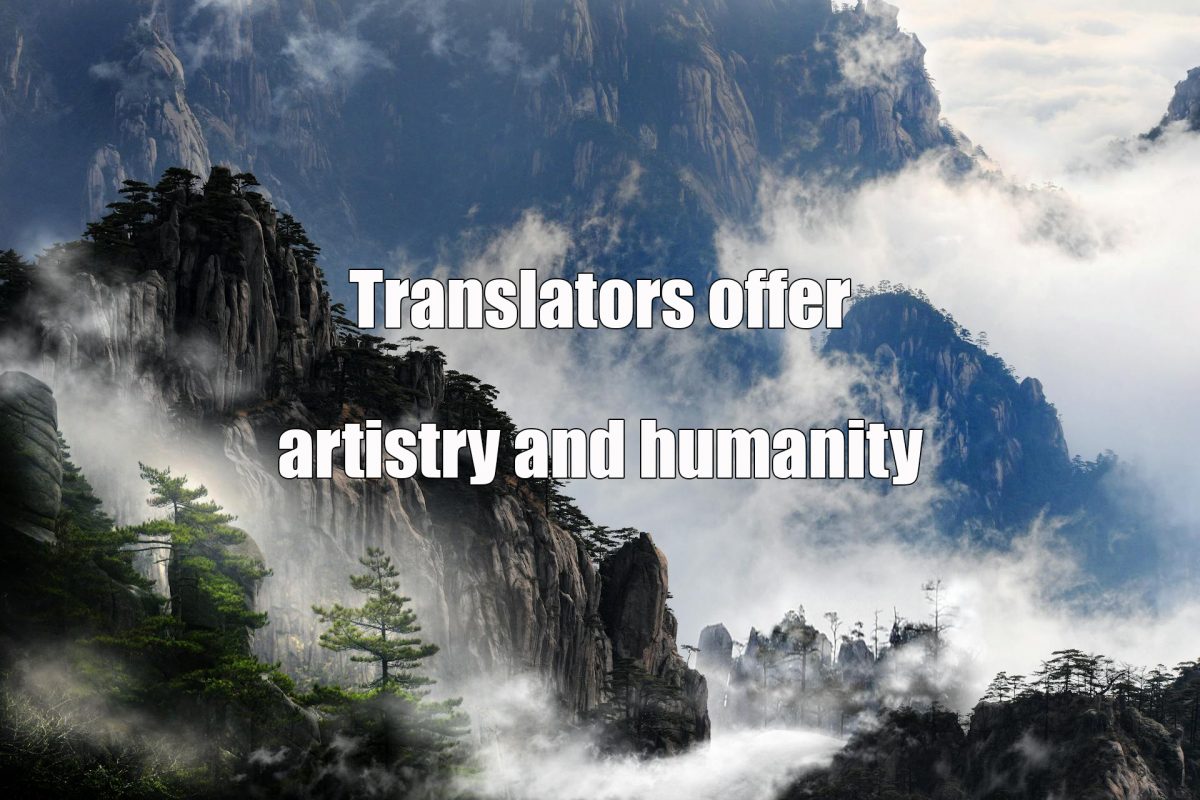If you communicate via text messages, tweet, or post to social media, chances are you use emoji. They help to convey or amplify your message, right? They’re what some call the new “global language” of the digital age. But are you sure they’re not adding confusion, or getting you in hot water legally? Stick around as we argue the case both ways, in favor of emoji’s viability as a global language, and against.
The case⚖️for👍a global🌎language📣
The case for emoji being or becoming a global language is quite compelling. After their birth in 1999 as a way to spice up text messages for Japanese feature phones, it was adopted by multiple carriers as a common set of symbols that could be shared across platforms. Subsequently emoji really took off in 2011 when Apple included emoji support in its iPhones.
Today when people talk about emoji, they’re actually referring to the emoji symbols included in the Unicode standard. Emoji Version 1.0 comprised 81 symbols approved from 2010 to 2015. This grew over the years, reaching 1,329 symbols with the latest Version 13.0 in 2020, to be followed by Version 14.0 scheduled for release in late 2021.
Emoji have become so popular that 😂 (U-1F602) was awarded as Oxford English Dictionary’s Word of the Year for 2015, and July 17 is celebrated as World Emoji Day. The key takeaway here is that emoji were envisaged as, and have become, a cross-platform standard for communication that is compatible on a wide variety of devices, recognized on a global scale.
You know you’ve made it big when you wind up in court, and emoji are no exception. Due to their popularity and ubiquitous nature, courts worldwide are seeing an increase in litigation involving emoji. One of the earliest and perhaps most famous case was in Israel, when a landlord sued prospective renters in 2016 for sending the message “Good morning 😊interested in renting 💃👯✌🏻 🐿☄🍾just need to discuss the details… When’s a good time for you?” but then disappearing. The judge stopped short of ruling that the emoji equaled a binding agreement, but ordered the defendant to pay compensation to the plaintiff because “these symbols, which convey to the other side that everything is in order, were misleading.”
Even earlier than that, in 2015, a 12-year-old girl in the US was charged for her Instagram post that featured a gun, bomb and knife emoji. Back then, the gun emoji (U+1F52B) was not 🔫 but a more realistic pistol, by the way. Authorities were on high alert due to gun violence at schools, so an angry message as reprisal for bullying resulted in a charge of computer harassment and threatening the school. Very unfortunate.
In 2018, Eric Goldman reported in Technology & Marketing Law Blog that “the number of emoji/emoticon case references are growing in a typical exponential J curve.” Today, the term “emoji” appears in a wide range of court cases concerning everything from civil rights to murder.
The case⚖️against👎a global🌎language📣
Whereas the case for emoji being a global language hinges on its cross-platform compatibility and ubiquity, the case against it is based on three factors: The disparity of how some emoji appear on different platforms, the different meanings that can be associated even to the same emoji depending on the culture, and the existence of very culture-specific emoji that are indiscernible in other cultures.
The American Bar Association says, “While an emoji’s meaning may be clear to the sender, it is by no means universal.” As the Supreme Court of Virginia explained in Commonwealth v. Murgia, “it has been noted that emoji can have significant variations in meaning according to the ‘dialect’ used by the sender.”
By ‘dialect’ the court refers to the version of emoji and the platform or device it is displayed on. As a specific example, the same Grinning Face With Smiling Eyes (U+1F601) appears differently depending on the device used by the sender and the receiver.

Imagine reading “Oh that’s great” followed by this emoji. Viewing on an iOS 10 device, you’d think the person is genuinely happy. But on an iOS 6.0 or older device, it may look like a grimace to you, so maybe not so happy after all.
Then there are those cases where the same emoji carries different meanings for different people. Hand gestures can be tricky. The 👍 is a sign of approval but in other parts of the world it could mean “up yours.” The “rock on” hand sign 🤘 in Mediterranean and Latin countries tells the recipient that their spouse is cheating on them. The Victory ✌🏻 sign that Winston Churchill made famous, just means approval or happiness in Japan. 🤞means “good luck” to you and me, but in Vietnam it’s an obscene gesture. 👌means OK, but in Latin America and Germany it’s a major insult. 🙏is often used to mean “prayers,” but in Japan it’s commonly used for “please.”
Dig deeper and you will find more than a few that don’t make sense in the English-speaking world, but are commonly used in Japan, the birthplace of emoji. 🙆♂️is an affirmative “yes” or “OK,” while 🙅♂️is a negative “no” or “pass.” 🙇 is apologizing profusely while bowing. Not common activities for people living in the western world.
The list goes on and on, including 🍱 🍙 🍘 🍥🍢 🍡🗾 🎏 🎎 🎐 🎴 👹 👺📛 ♨️ 🔰, none of which are likely to make sense if you haven’t studied or spent some time in Japan. Considering its potential as a global language, emoji sure have some aspects that could use a translator to understand what’s going on. Speaking of which…
People in Japan would be aghast to learn that 🍑 and 🍆 have gained unexpected meanings in other parts of the world, but that is how language works, right? Living languages run on colloquialisms and nuance, context and implication. Emoji are in that sense, language.
And like any major language, emoji encompasses various dialects that may associate different meanings or nuances to the same word. We therefore submit that emoji are indeed a global language, albeit not perfectly universal. Case adjourned. 🏛
Douglass McGowan






